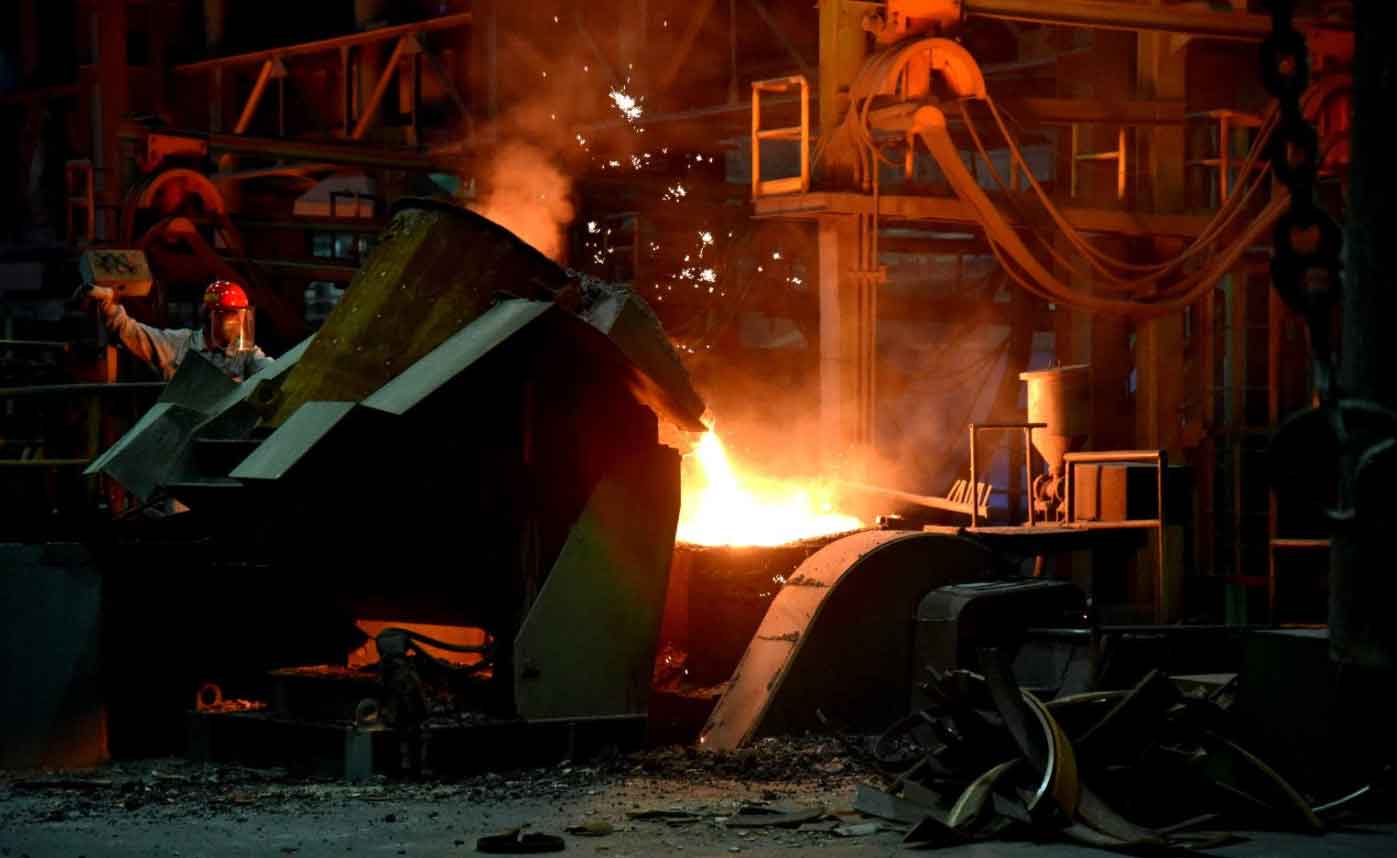The sustainable development of the foundry industry is closely related to accelerating the adjustment of the industrial structure and realizing the transformation and upgrading of the foundry industry. As the basic process of metal forming, casting products are widely used in aerospace, automobile and equipment components, and are an important part of metal industry production. However, at present, China’s foundry industry is facing some problems that need to be changed urgently, such as the low market competitiveness of enterprises, the low comprehensive utilization rate of resources and the backwardness of technology and equipment. In view of these problems, relevant scholars have carried out research on improving casting quality, reducing resource consumption and strengthening energy efficiency management, and carried out targeted design and optimization from the casting process and other aspects.
The complex casting production process and production conditions are easy to limit and affect the quality of the final castings, so reducing casting defects is still the main goal of the foundry. In terms of improving the quality of castings, Magmasoft simulation software is used for pouring simulation in the mold design stage, and the parameters are optimized through defect analysis. The resulting castings can effectively avoid defects and achieve a longer service life. In addition, a feature map robust detection method based on visual attention mechanism and depth learning is proposed to solve the problem of misdetection and missed detection of casting defects in x-ray inspection, so that the false detection rate and missed detection rate of casting defects are less than 4%. The invention relates to a process design method for eliminating defects in sand casting based on design parameters, which can optimize the defective products in the design stage.
In order to reasonably improve the utilization rate of energy and resources, scheduling optimization and energy optimization are applied to foundry production. For example, relevant scholars have established a multi-objective mathematical programming model to minimize the data deviation and additional energy consumption caused by temperature drop, and indirectly reduce the energy consumption of each process. In addition, a carbon emission calculation model considering the carbon source of casting process is established, and a low-carbon process design method of sand casting based on process design parameters is proposed. it can effectively reduce the carbon emission in the casting process design stage while satisfying the casting quality. The carbon efficiency model and evaluation method of sand casting process can reduce carbon emissions and improve the efficiency of the production process. At the same time, the carbon emission calculation model and the classification of carbon emissions established for the manufacturing system can take into account the environmental impact and achieve the quantitative calculation of carbon emissions, which provides a basis for production decision-makers to formulate production emission reduction strategies.
The improvement of foundry process design is from an unused point of view. Because there are many different casting processes, it is not always easy to choose which process chain among the available process chains. Some scholars in the foundry industry use fast induction furnace to smelt the liquid metal of a single mold in the smelting stage so as to reduce unnecessary smelting. This process can produce high quality castings with high energy efficiency and low environmental impact [49]. In modern manufacturing, many different process chains can be used in the manufacture of the same product, and decision makers can reduce carbon emissions, shorten manufacturing time or reduce costs by replacing a part of the process chain. In addition, with the development of new technologies (increased material manufacturing and reduced material manufacturing), a process design can be mixed with different equipment, which makes all kinds of new and old technologies in the foundry industry integrate with each other. For example, use 3D to print the whole mold of the casting or the sprue of the mold. Under the influence of new and old technologies, the process improvement of the foundry industry is also full of challenges. Enterprises need to consider whether the use of new technology can produce comprehensive benefits. In order to explore the application effect of the new technology, some scholars have studied different manufacturing methods (additive manufacturing, subtractive manufacturing and traditional manufacturing) to manufacture the same casting, and evaluated the process from the aspects of resource consumption, environmental impact and production efficiency. Therefore, the combination of new and old technology and the replacement of old technology by new technology is the future development direction of foundry process design.

